Bacteria
Bacteria can appear as rods or cocci. Cocci may form pairs or chains. May be difficult to distinguish from amorphous crystals, especially as the crystals may exhibit Brownian motion that can mimic the movement of bacteria. However, bacteria is more uniform in appearance.
Can be a contaminant, especially if accompanied by large amounts of squamous epithelial cells. Usually indicative of urinary tract infections, espeically when white blood cells are also present.
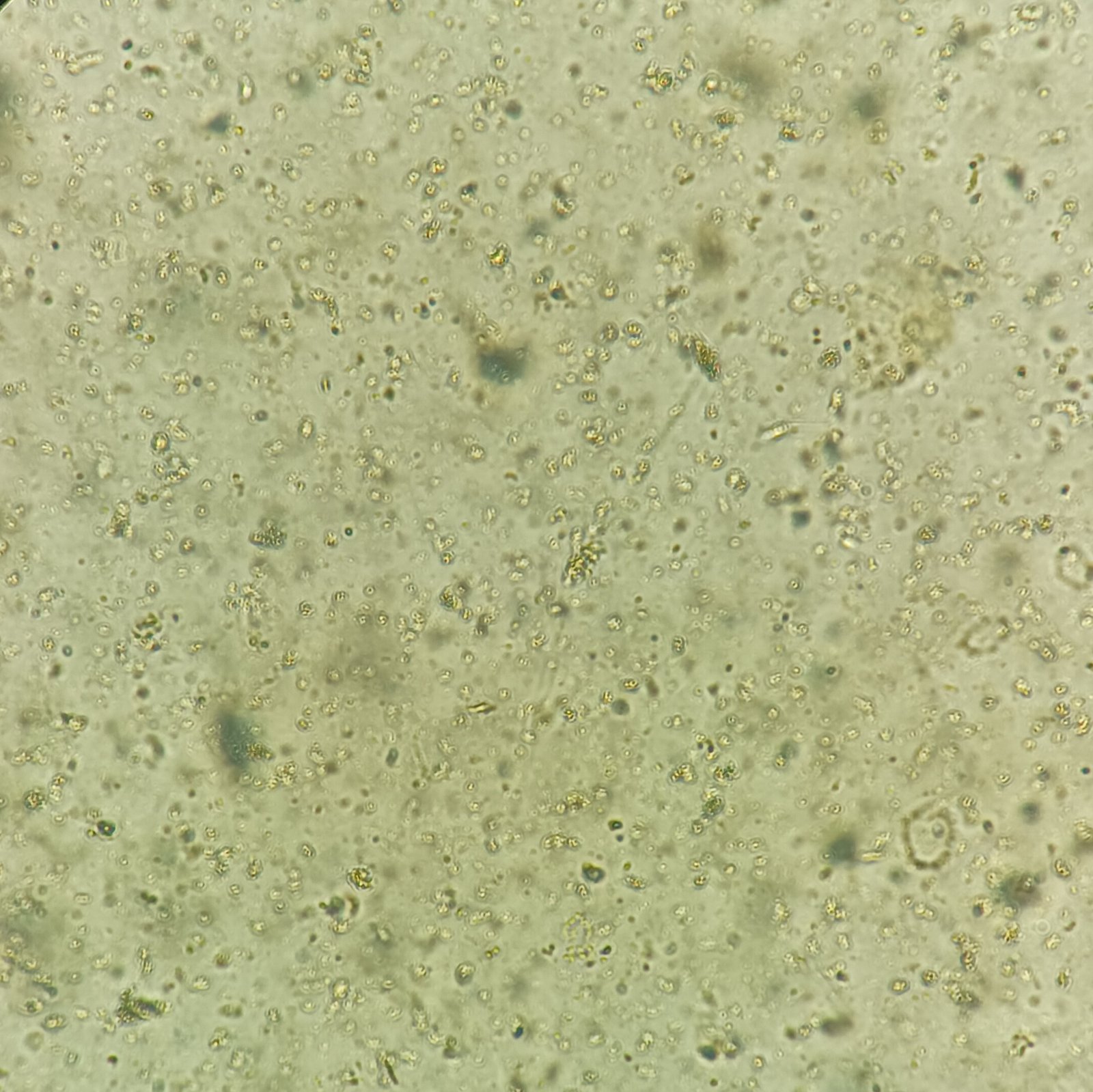
More Images
Yeast
Bacteria can appear as rods or cocci. Cocci may form pairs or chains. May be difficult to distinguish from amorphous crystals, especially as the crystals may exhibit Brownian motion that can mimic the movement of bacteria. However, bacteria is more uniform in appearance.
Can be a contaminant, especially if accompanied by large amounts of squamous epithelial cells. Usually indicative of urinary tract infections, espeically when white blood cells are also present.
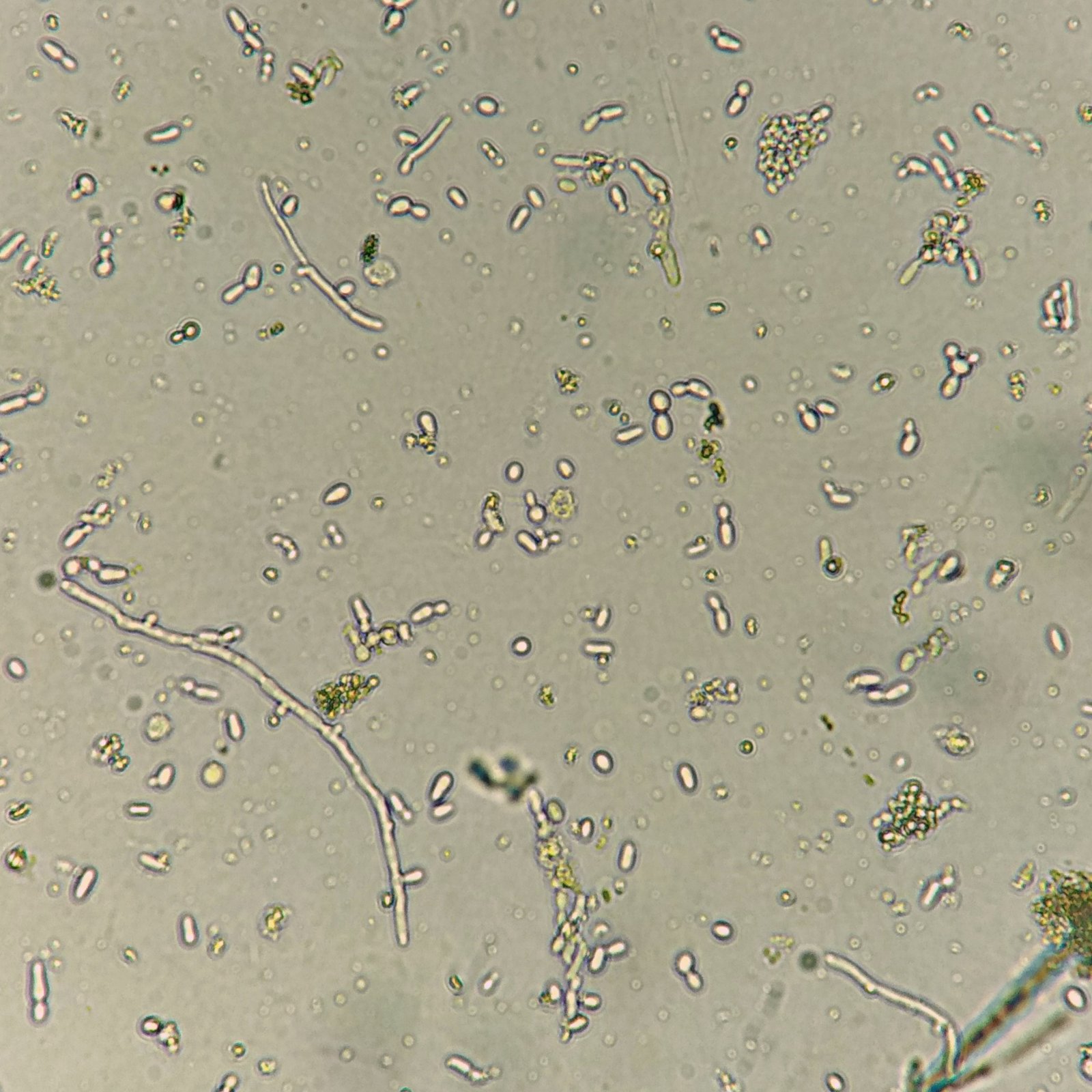
More Images
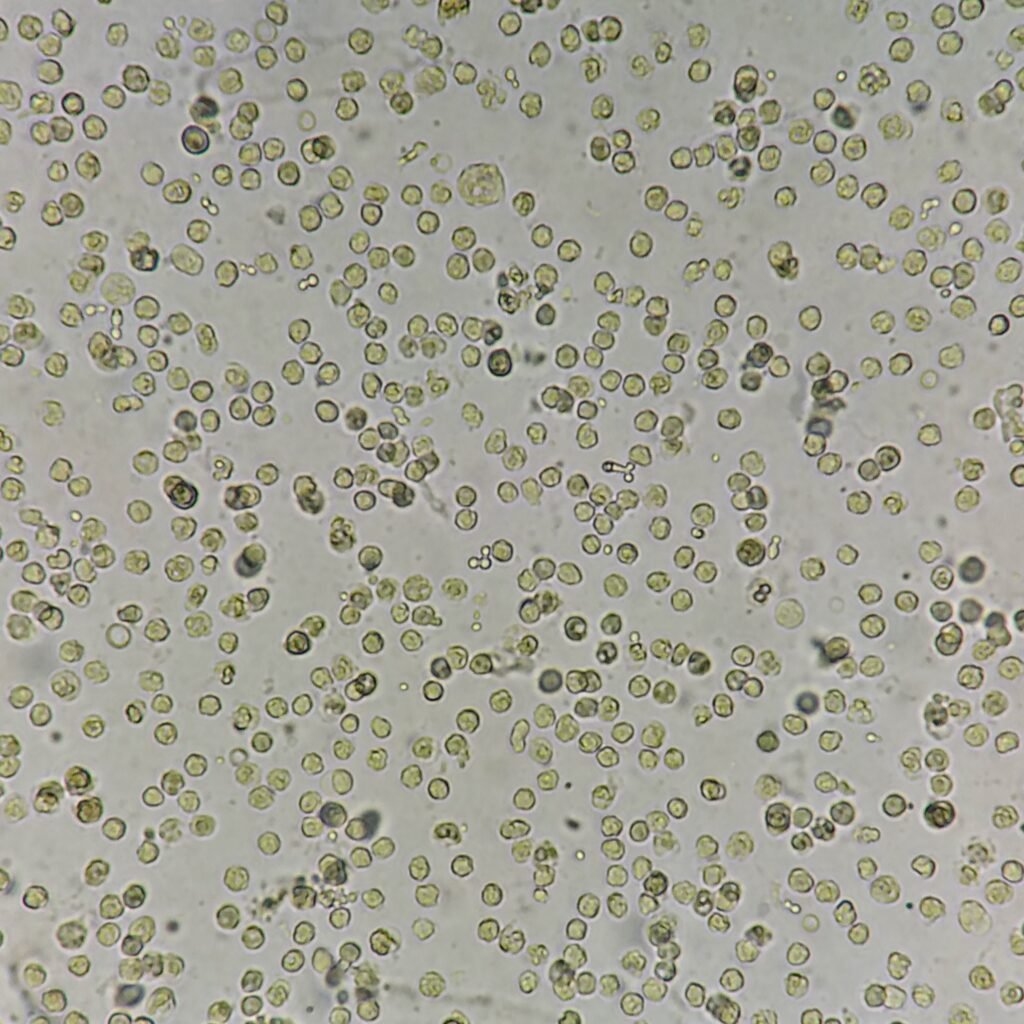
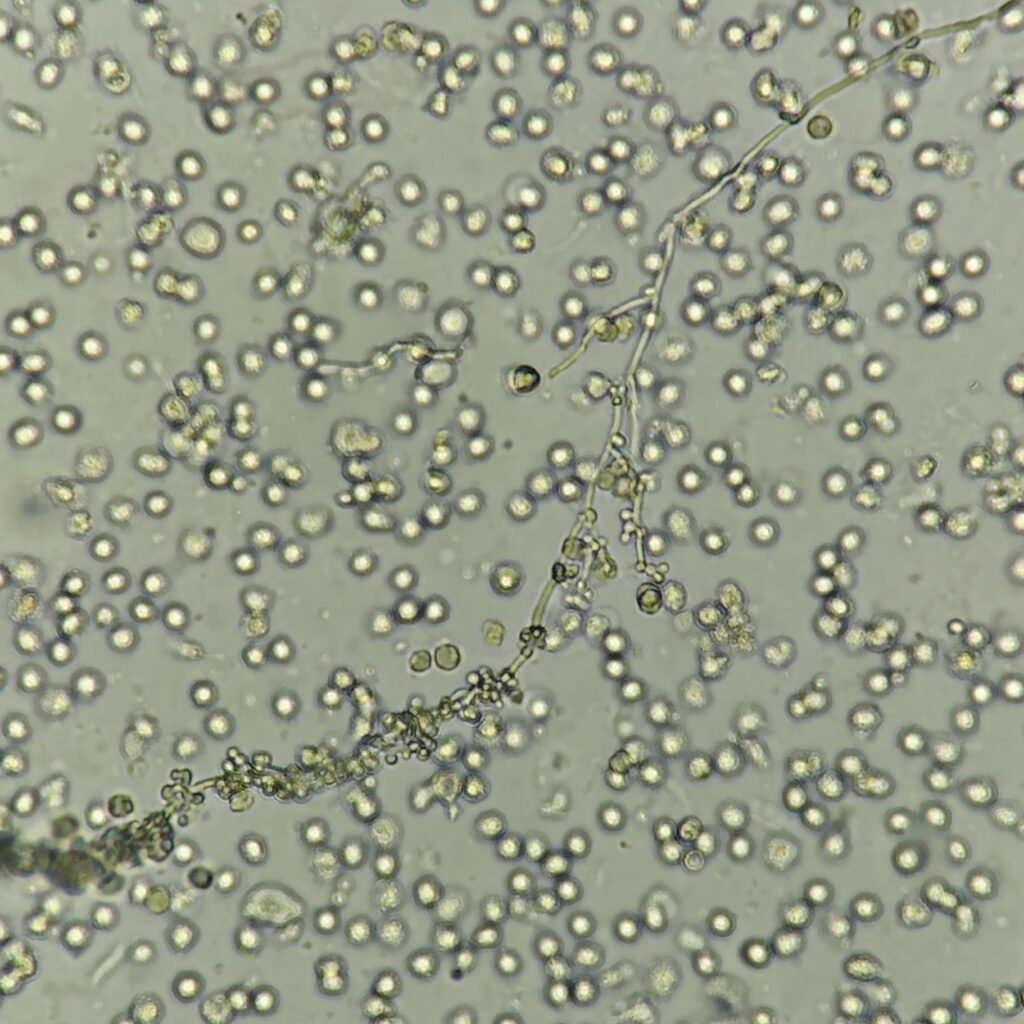
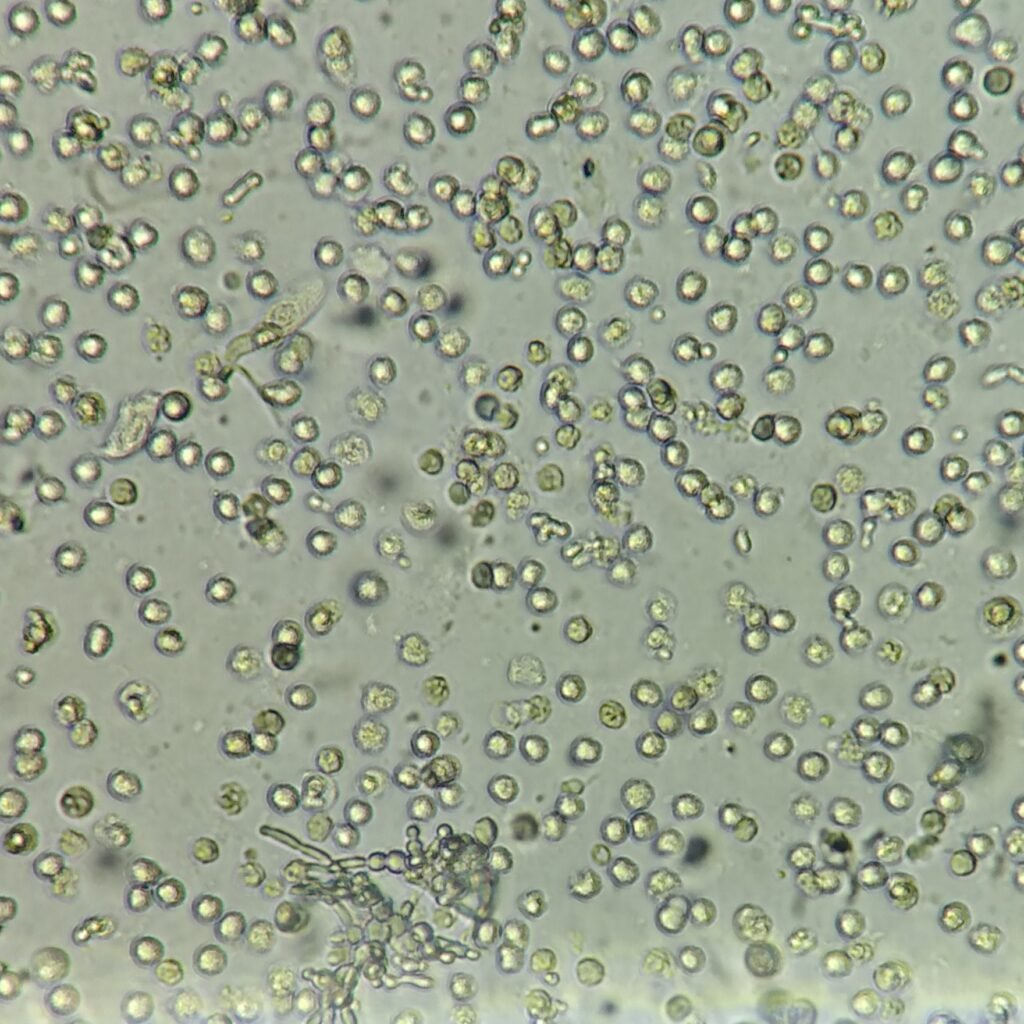
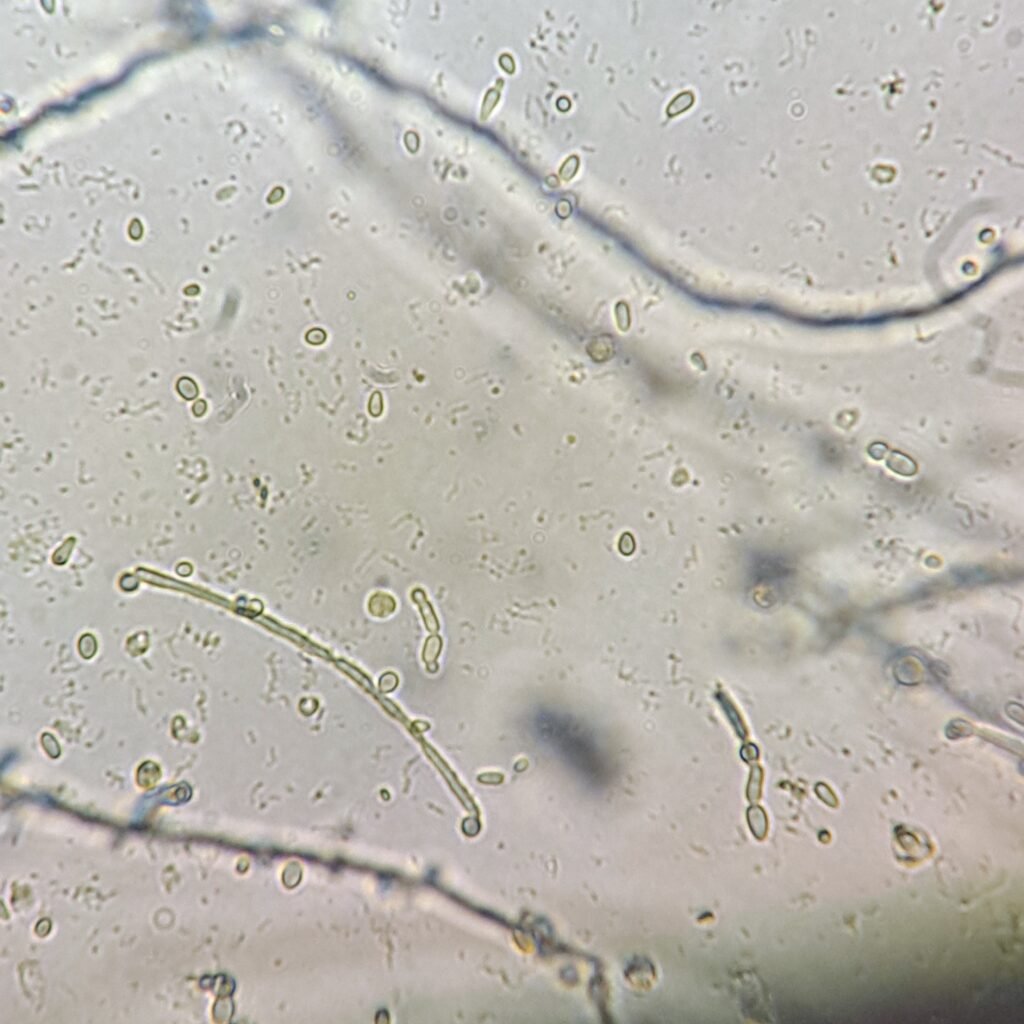
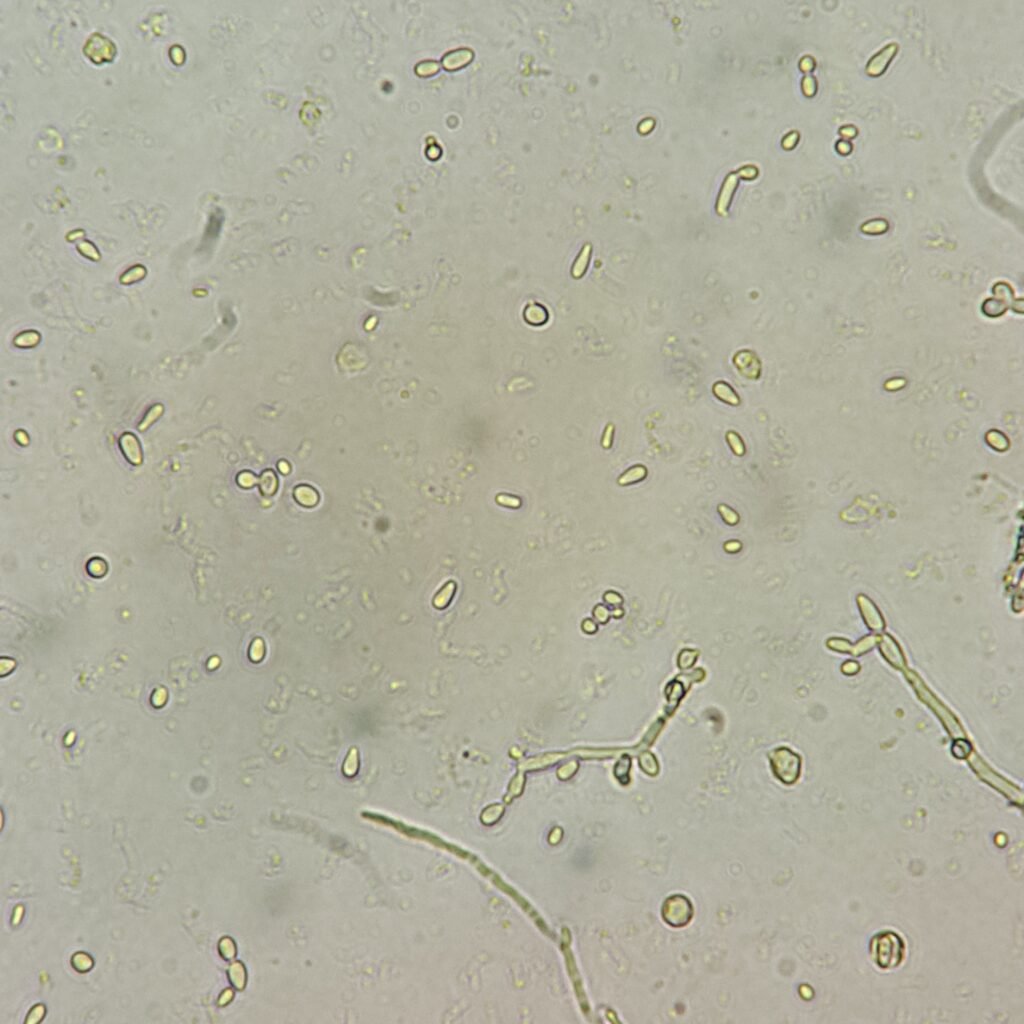
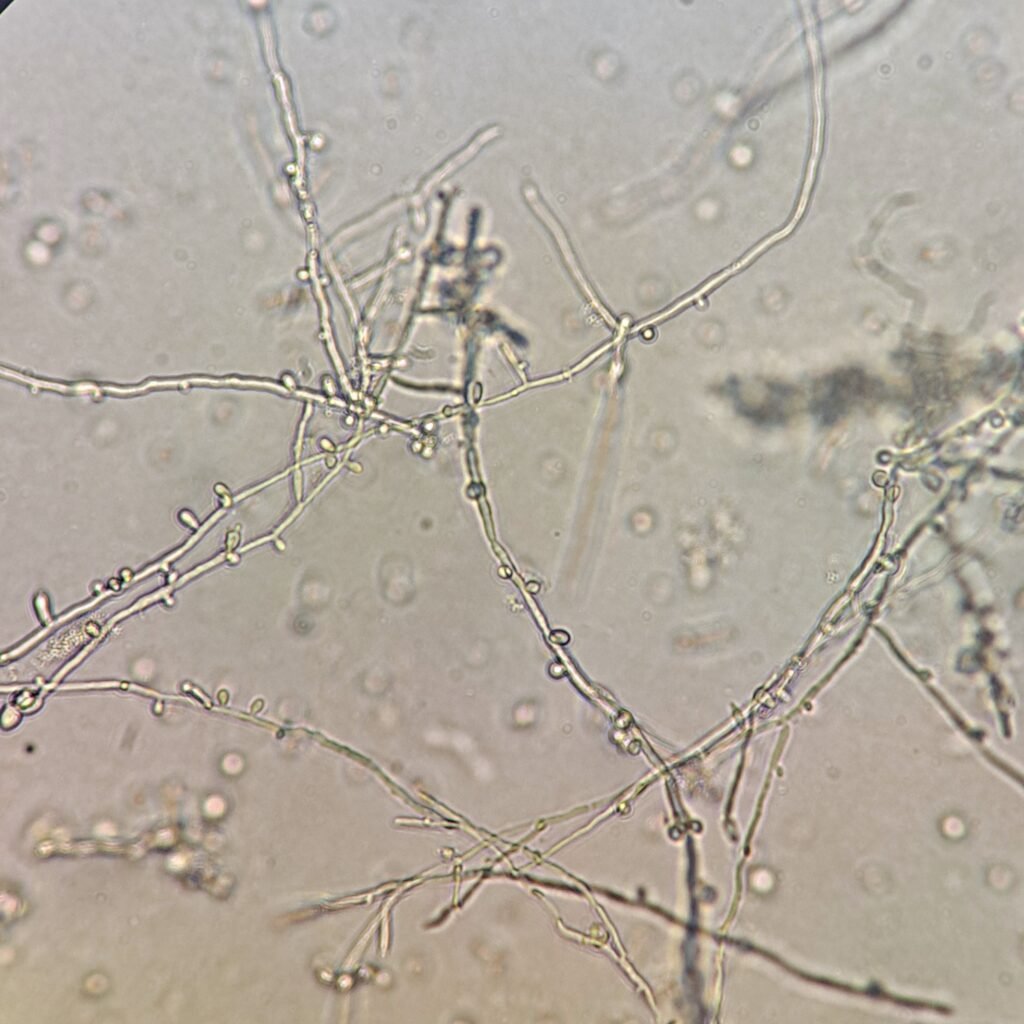
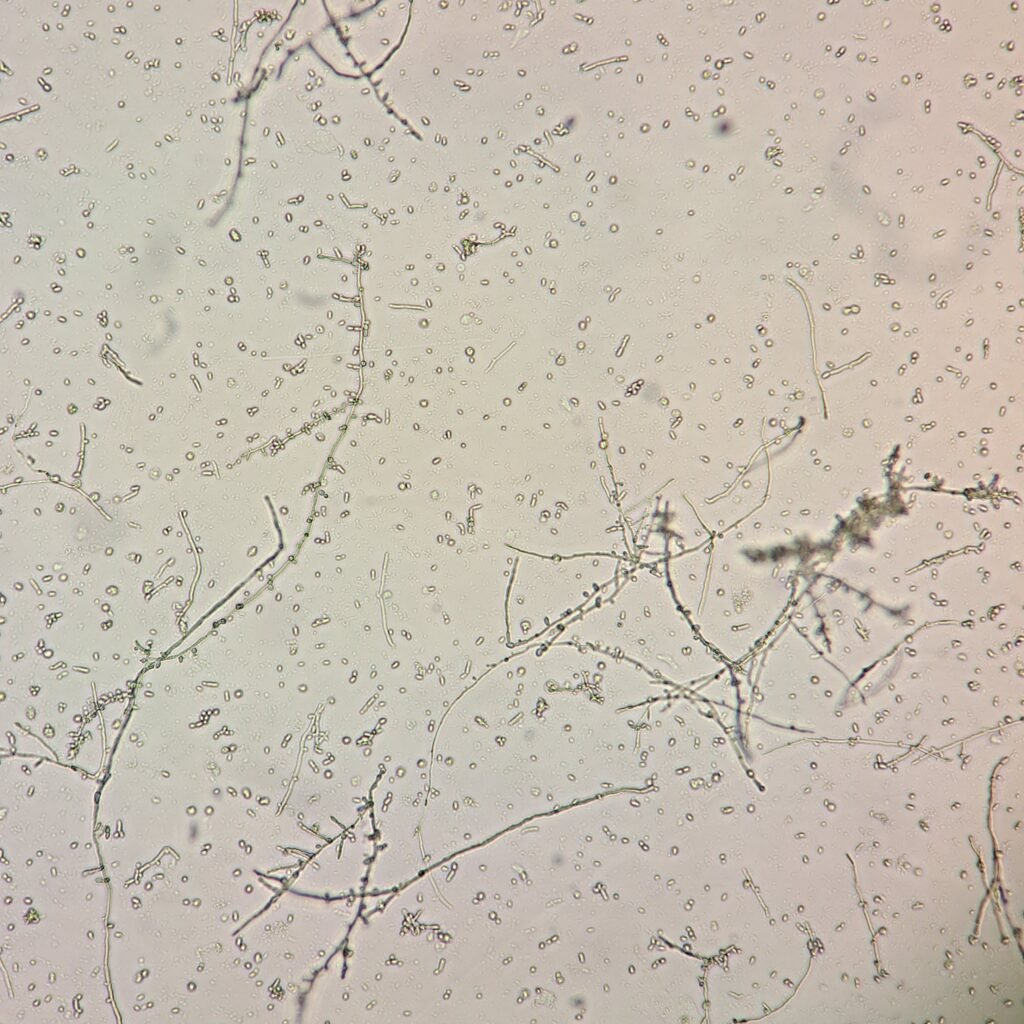
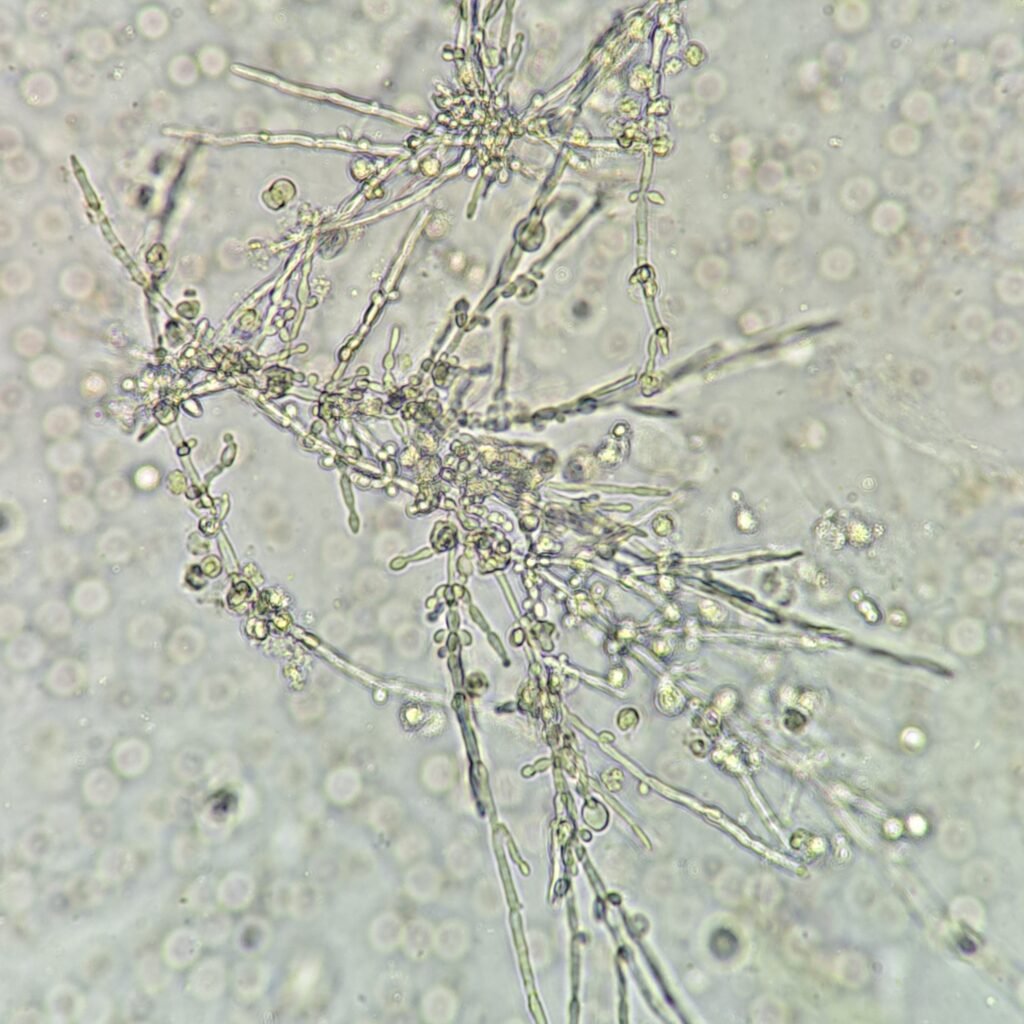
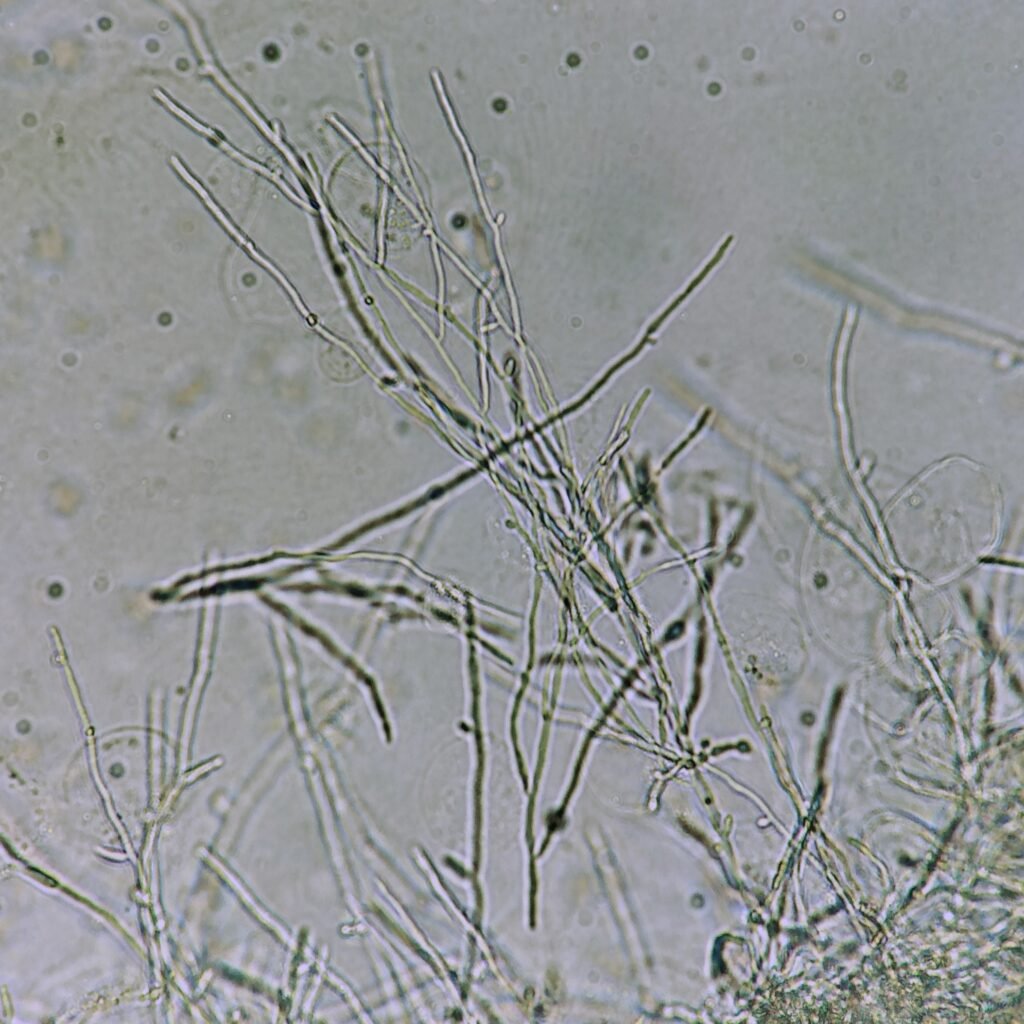
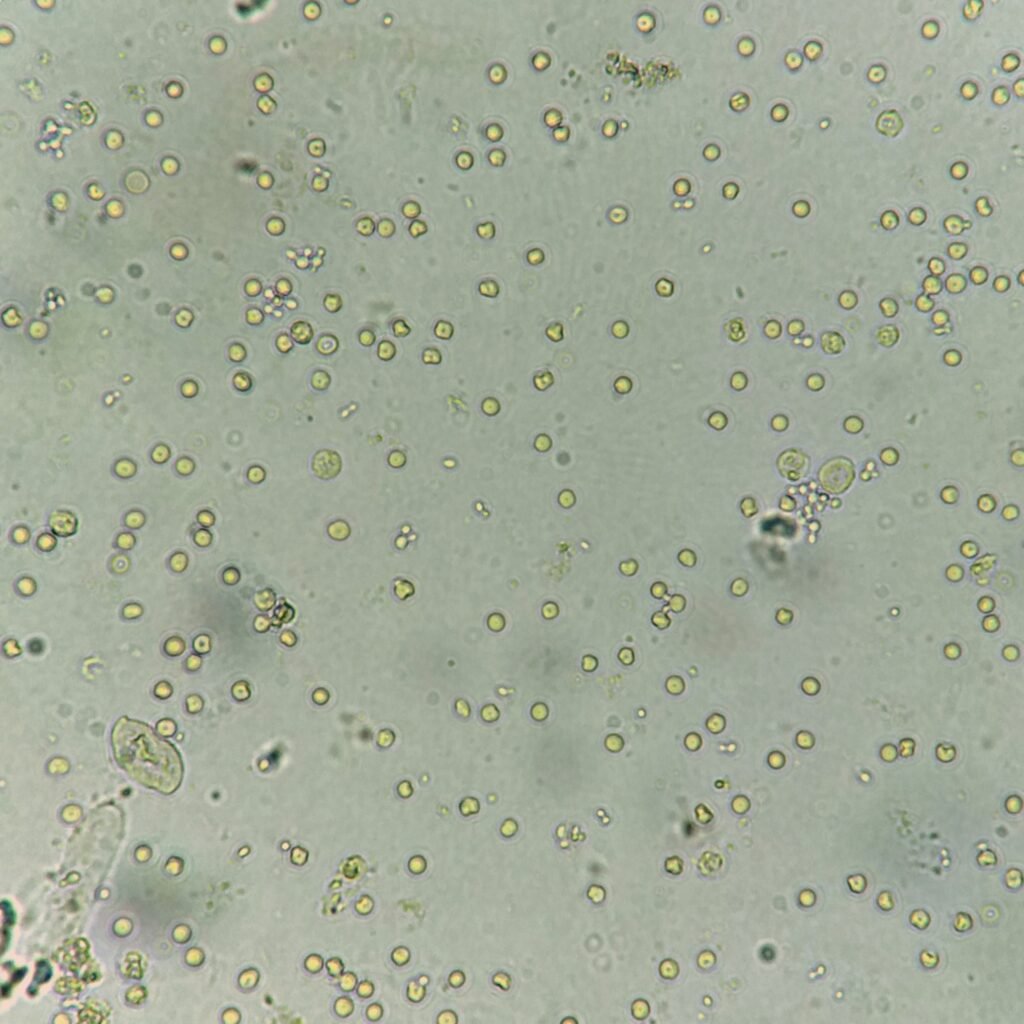
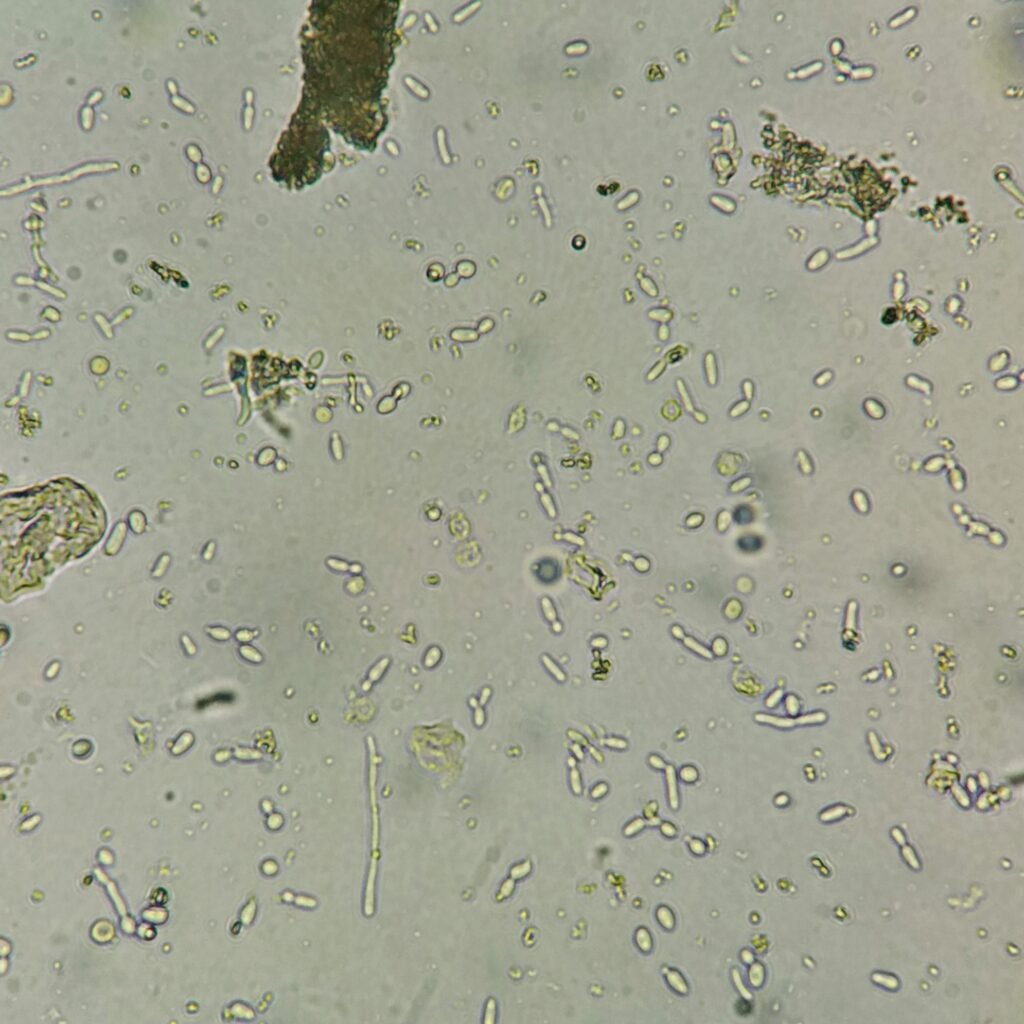
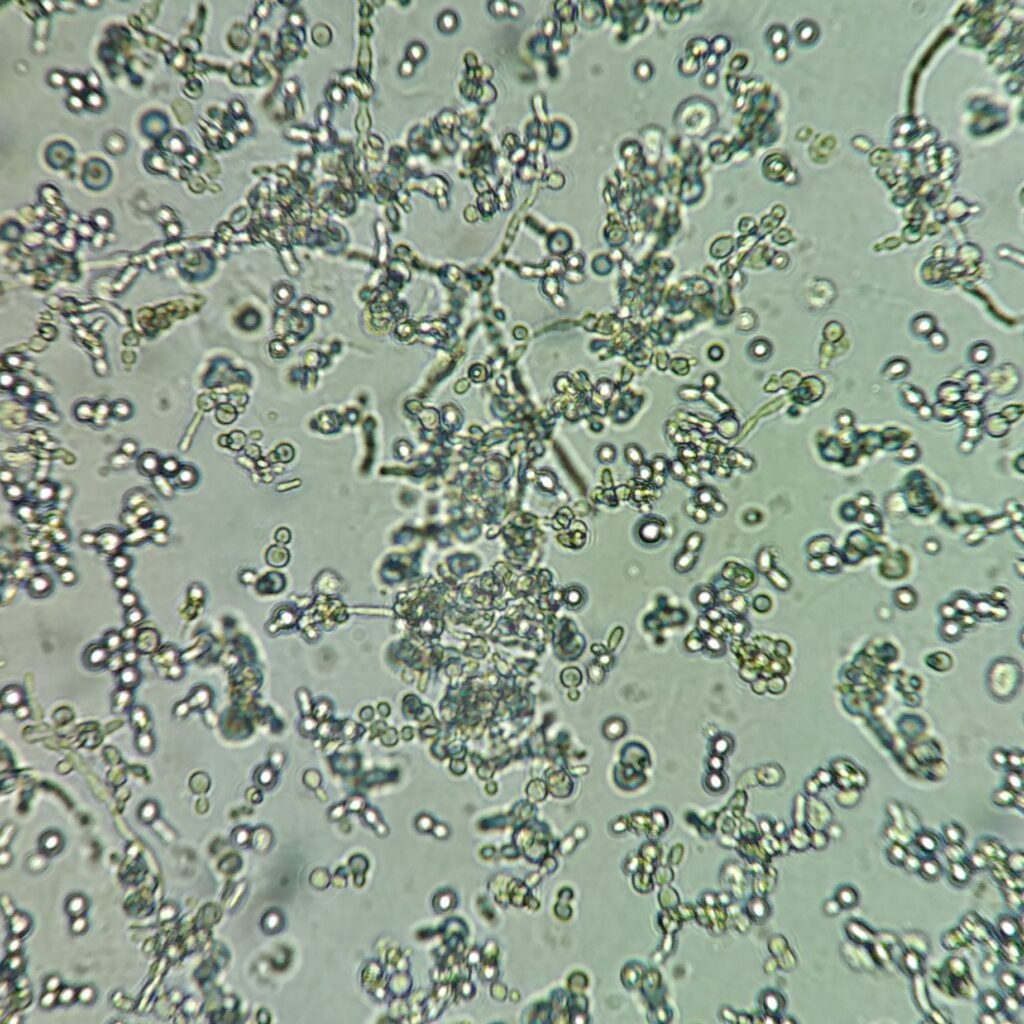
Trichomonas
Bacteria can appear as rods or cocci. Cocci may form pairs or chains. May be difficult to distinguish from amorphous crystals, especially as the crystals may exhibit Brownian motion that can mimic the movement of bacteria. However, bacteria is more uniform in appearance.
Can be a contaminant, especially if accompanied by large amounts of squamous epithelial cells. Usually indicative of urinary tract infections, espeically when white blood cells are also present.
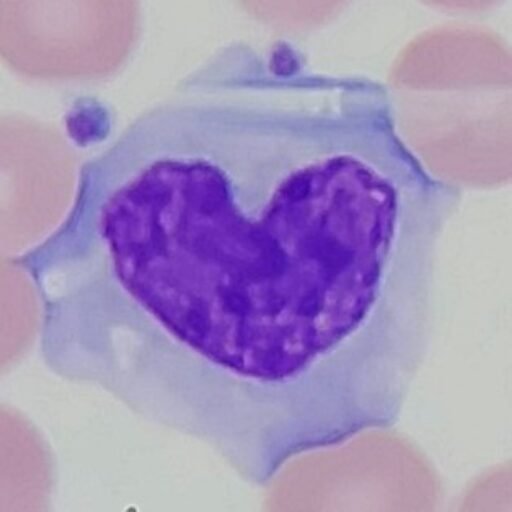
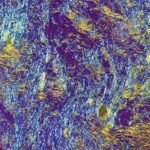
Leave a Reply